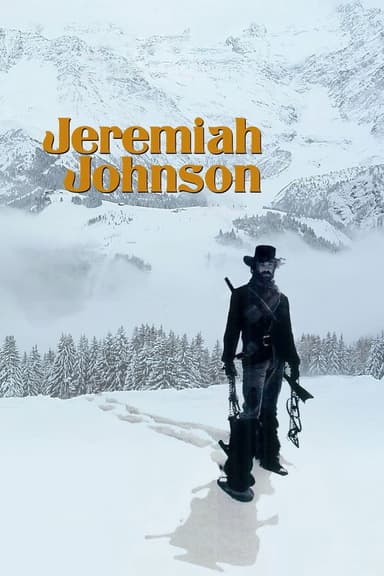
100 Rifles
1969 • Action, Adventure, War, Western • PG
When half-breed Indian Yaqui Joe robs an Arizona bank, he is pursued by dogged lawman Lyedecker. Fleeing to Mexico, Joe is imprisoned by General Verdugo, who is waging a war against the Yaqui Indians. When Lyedecker attempts to intervene, he is thrown into prison as well. Working together, the two escape and take refuge in the hills, where Lyedecker meets beautiful Yaqui freedom fighter Sarita and begins to question his allegiances.
Runtime: 1h 50m
Why you should read the novel
If you appreciate rich, detailed storytelling, reading Robert MacLeod's 'The 100 Rifles' offers far more than what the film adaptation provides. The novel delves deeply into the motivations and inner conflicts of its characters, painting a vivid portrait of revolution and survival in a turbulent Mexico. Through MacLeod's writing, you gain a nuanced understanding of the era and the complexities of resistance movements, making for a rewarding and immersive literary experience.
While the film showcases dramatic set-pieces and charismatic performances, the book brings out subtleties lost on the screen. The characters' backgrounds, ethical dilemmas, and the harsh realities they face are afforded greater exploration in the novel’s pages. You’ll find yourself invested in motivations and choices, understanding both the wider context of the Mexican revolution and the personal cost of rebellion.
Choosing the book over the movie isn't just about enjoying the original narrative; it’s about engaging with history, empathy, and suspense that only the written word can provide. If you crave depth, drama, and genuine adventure, 'The 100 Rifles' by Robert MacLeod is an essential read.
Adaptation differences
One of the main differences between 'The 100 Rifles' novel and its 1969 film adaptation lies in the portrayal of characters and their relationships. The film simplifies and sometimes changes character motivations to fit Hollywood conventions and star power, particularly with its casting of Jim Brown and Raquel Welch in leading roles. The novel, on the other hand, offers a more complex and subdued approach to character development, emphasizing internal struggles and tensions among the revolutionaries.
The thematic focus differs as well. In the novel, the intricacies of the political revolution and social issues take center stage, exploring the daily realities and moral ambiguities faced by the rebels and villagers. The movie, meanwhile, leans heavily into action-adventure territory, prioritizing shootouts, chase scenes, and visually striking moments over quiet reflection or political nuance found in MacLeod’s book.
Another significant difference is the handling of romance and cultural dynamics. The movie foregrounds the relationship between the protagonists, with palpable chemistry and sexual tension, which plays to the interests of a broader cinema audience. The book, in contrast, navigates these relationships in a more restrained and realistic manner, focusing instead on trust, loyalty, and the shared hardships of the characters.
Finally, the ending and key plot points are altered for cinematic effect. The film makes certain events more dramatic and clear-cut, sometimes departing substantially from the book’s tone and outcomes. These changes streamline the story for a two-hour movie but lose the layers and ambiguity that make the novel a memorable and thought-provoking read.
100 Rifles inspired from
The 100 Rifles
by Robert MacLeod







